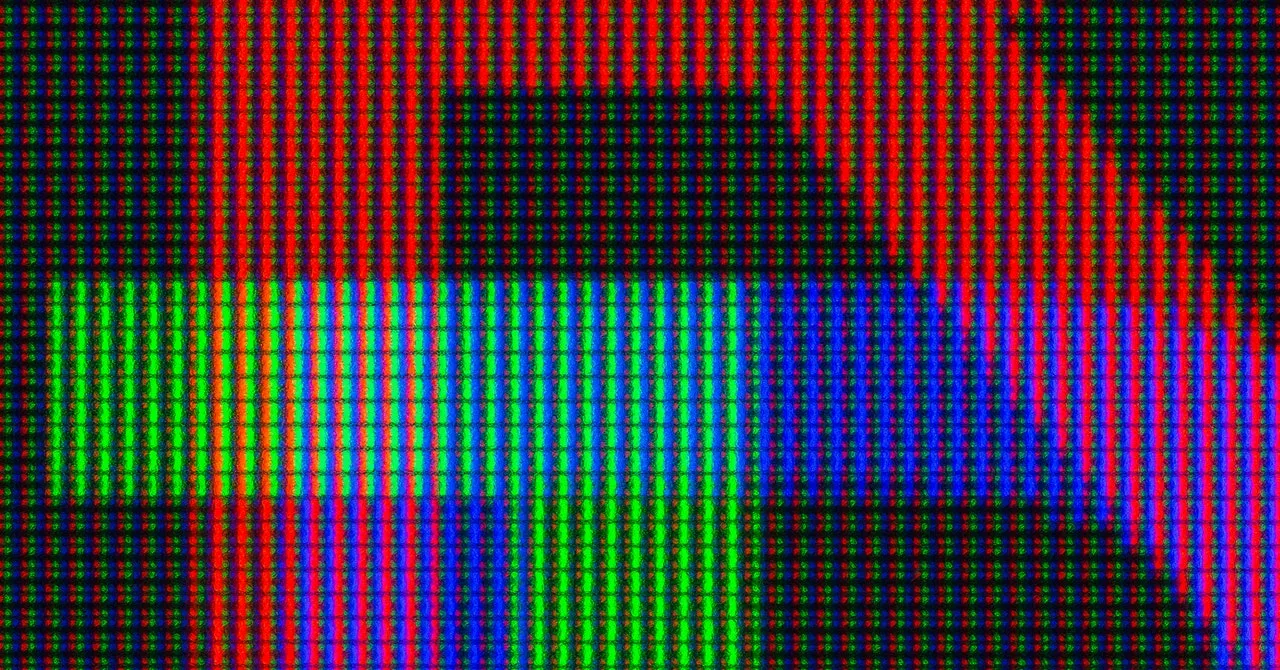Exploring the Importance of Color Gamuts and Color Spaces in Modern Displays

Understanding Color Gamuts and Color Spaces
If you’re feeling overwhelmed by the terminology associated with your new monitor, you're not alone. Color gamuts and color spaces are essential concepts that influence how images are displayed. In this article, we’ll break down these terms to help you understand their significance.
What is a Color Gamut?
A color gamut refers to the complete range of colors that a display can reproduce. It varies by the technology used in TV and monitor manufacturing, affecting what viewers see. Understanding this range is vital for content creators and gamers who rely on accurate colors.
What are Color Spaces?
Color spaces are models that represent colors in a standardized format. Common color spaces include sRGB, Adobe RGB, and DCI-P3, each offering different capabilities for color representation. Knowing the differences can guide buyers towards displays that meet their specific needs.
Why Do They Matter?
- Enhanced Viewing Experience: Knowing these concepts leads to better choices when selecting displays.
- Content Accuracy: Important for professionals working with graphics, video editing, and photography.
- Future-Proofing: Higher-end displays with wider gamuts support emerging media standards.
In summary, understanding color gamuts and color spaces enhances your consumer knowledge and can significantly improve your viewing experience. Make informed decisions when shopping for a display by considering these critical factors.
This article was prepared using information from open sources in accordance with the principles of Ethical Policy. The editorial team is not responsible for absolute accuracy, as it relies on data from the sources referenced.